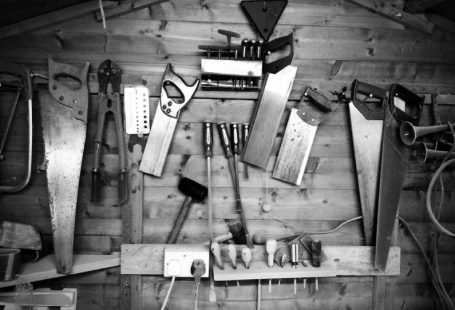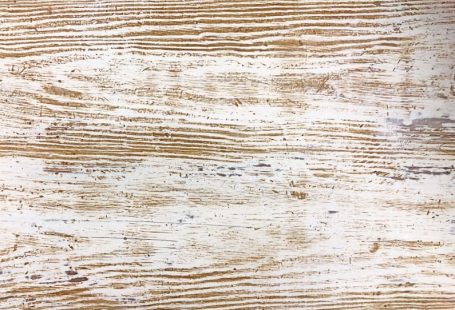Wood carving is an ancient art form that has been practiced for centuries around the world. In Japan, the tradition of wood carving is deeply rooted in the country’s culture and has been passed down through generations. Japanese wood carving tools are renowned for their precision and craftsmanship, blending traditional techniques with modern innovation to create exquisite works of art.
The Art of Japanese Wood Carving
Japanese wood carving, known as “kikei,” encompasses a wide range of techniques and styles, from intricate relief carvings to delicate sculptures. This art form requires a keen eye for detail, patience, and a steady hand to bring out the natural beauty of the wood. Skilled woodworkers in Japan often spend years honing their craft, learning from master craftsmen and studying the techniques passed down through the ages.
The tools used in Japanese wood carving are essential to the process, each serving a specific purpose and crafted with precision to ensure the best results. These tools are a blend of traditional designs and modern materials, reflecting the rich history of wood carving in Japan while embracing new technologies for improved performance.
Chisels: The Heart of Wood Carving
Chisels are the most essential tools in Japanese wood carving, used for shaping, detailing, and creating intricate designs in the wood. Japanese chisels, known as “nomi,” are hand-forged from high-quality steel and feature incredibly sharp blades that can cut through wood with ease. These chisels come in a variety of shapes and sizes, each designed for specific tasks such as roughing out the initial shape of the wood or adding fine details to a carving.
One unique feature of Japanese chisels is the hollow-ground back, which allows for easier sharpening and a more precise edge. This design ensures that the chisel can make clean cuts without tearing the wood fibers, resulting in a smoother finish and more detailed carvings. The handles of Japanese chisels are often made from hardwoods such as oak or cherry, providing a comfortable grip and excellent control for the woodworker.
Saws: Cutting with Precision
In addition to chisels, Japanese woodworkers also use a variety of saws to cut wood with precision and accuracy. Japanese saws, or “nokogiri,” are renowned for their fine teeth and thin blades, allowing for intricate cuts and delicate shaping of the wood. These saws cut on the pull stroke rather than the push stroke, which reduces the risk of bending or buckling the blade and results in a cleaner cut.
Japanese saws come in different types, including ryoba saws for general cutting and crosscutting, dozuki saws for finer work and dovetail joints, and kataba saws for rip cuts and larger pieces of wood. Each type of saw is designed for specific tasks and offers woodworkers a range of options for cutting wood with precision and accuracy.
Sharpening Tools: Maintaining Sharpness
Keeping woodworking tools sharp is essential for achieving clean cuts and detailed carvings. Japanese woodworkers use a variety of sharpening tools, including water stones and sharpening guides, to maintain the sharpness of their chisels and saws. Water stones are used to grind and hone the blade to a razor-sharp edge, while sharpening guides help woodworkers maintain the correct angle and ensure consistent sharpening results.
Japanese woodworkers take great care in sharpening their tools, as a sharp blade not only produces better results but also reduces the risk of accidents and injuries. By investing time and effort in maintaining the sharpness of their tools, Japanese woodworkers can achieve the precision and detail required for creating beautiful wood carvings.
In Conclusion: Preserving a Time-Honored Craft
Japanese wood carving tools embody the perfect blend of tradition and precision, reflecting the deep respect for craftsmanship and attention to detail that defines Japanese artistry. These tools have been refined over centuries to meet the exacting standards of Japanese woodworkers, allowing them to create intricate and beautiful works of art that showcase the natural beauty of the wood.
By combining traditional techniques with modern innovation, Japanese wood carving tools continue to evolve, ensuring that this time-honored craft will endure for generations to come. Whether used by master craftsmen or beginners just starting their woodworking journey, Japanese wood carving tools offer a level of precision and quality that is unmatched, making them essential tools for anyone passionate about the art of wood carving.





